Hunting for Australia’s most vulnerable birds

In the wilds of Tasmania lives a sweet little bird that looks like it fluttered about on a paint palette. With splashes of yellow, blue and green, and a jaunty dab of orange on its tummy, it’s a living work of art.
The orange-bellied parrot is a treasure to behold but not just because of its fancy feathers. It is one of Australia’s most threatened species – there are less than 80 breeding pairs thought to exist in the wild today – and is listed as critically endangered.
Just bigger than a budgie, it breeds in forests on the west coast of Tassie dominated by Smithton peppermints, Eucalyptus nitida, and migrates to Victoria and South Australia in the winter.
Seen almost exclusively in coastal and sub-coastal areas, preferring peninsulas and islands. Saltmarshes, littoral (shore) heathlands and low scrublands are preferred habitats as well as grassy areas, which can include golf courses.
So, given its rarity and remoteness, how can you even hope to see one in the wild?
According to ornithologist Mark Holdsworth, who specialises in the parrot, your best bet is to visit Southwest National Park. “We fly into Melaleuca, take a boat ride towards Bathurst Harbour, and walk into the bush to try to spot these shy and rare birds,” he says.
Mark joins you as part of our 9-day Tasmania – Wildlife & Conservation Tour, which includes a Wilderness Flight Safari to the south-west of Tassie, where you can take a dive deep into this remote park, which makes up a third of the island’s landmass.
On Day 2 of this trip you’ll board a small fixed-wing plane for 45-minute flight down to Melaleuca. Once the plane’s landed on the coral sand-paved landing strip Mark will guide you in the search for orange-bellied parrots as well as other animals in their natural habitat.
This comprehensive trip beautifully illustrates just what a special place Tasmania is – its pristine natural environment is one of the best places to observe animals in their natural habitat. During the tour you’ll also be treated to a goldmine of unique opportunities to learn about conservation efforts to save marine life and other native Tasmanian animals. Combine this with spectacular wilderness, great food and the well-known and friendly hospitality of the locals, and you’re sure to collect golden memories that will last a lifetime.
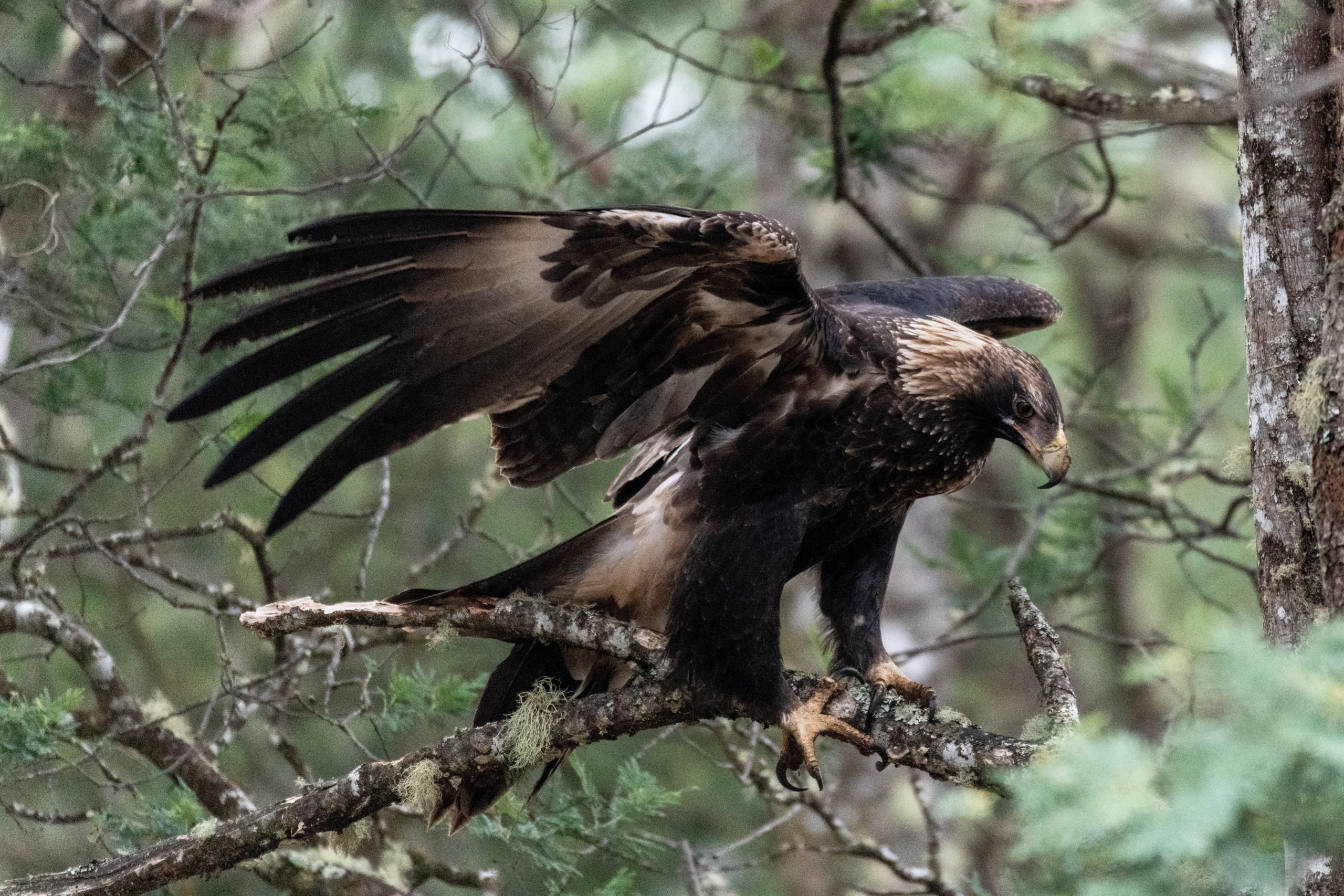
If spotting a Tasmania wedge-tailed eagle piques your interest then the 5-day Tasmanian Wildlife and Wilderness Encounter with Premier Travel Tasmania is definitely for you.
Renowned as a prime area for marsupial spotting, Tasmania is a crucial habitat for many species, including quolls, kangaroos, wallabies, wombats and the most famous resident, the Tasmanian devil. On this trip you’ll also:
- Experience a mix of expansive ancient temperate rainforests, spectacular coastlines, rugged mountains and sparkling highland lakes including the World Heritage Listed Cradle Mountain, Central Highlands, Maria Island and Mt Field National Park.
- Indulge in Tasmania’s acclaimed wines, local produce and visit historic convict settlements on Maria Island.
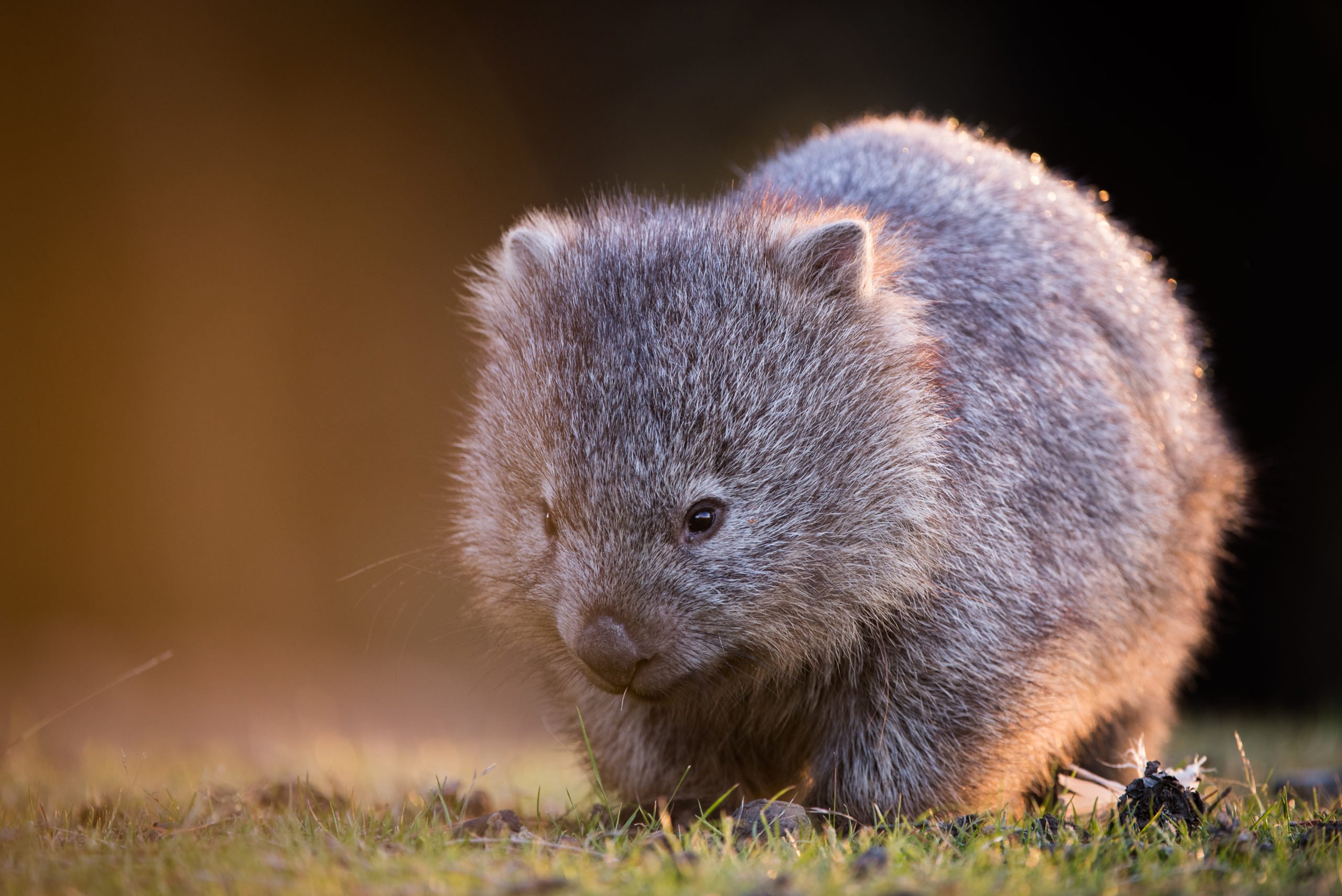
Maria Island
On the east coast of Tassie, Maria Island is a Noah’s Ark for rare animals and birds, some of which are found nowhere else. It is known as one of, if not the best, places in Australia to see wombats in the wild.
And according to Ben Brown, operations manager for The Maria Island Walk, Maria is a mini Tasmania when it comes to birds – we have 11 of the 12 endemic Tasmanian birds,” he says. “During our four-day guided walk we have two bush camps where we often see the forty-spotted pardalote. The white gum is their preferred habitat so anywhere on the island where those trees are you might see them. There’s also some nesting boxes near French’s Farm on south Maria, so that’s good spot too.
“As well as the forty-spot we have the migratory swift parrot, and some pretty special other species, including the white-bellied sea-eagle, dusky robin, the Tassie native hen and the iconic Cape Barren geese. year round, thee’s always something to see.”
One of Australia’s truly outstanding experiences, The Maria Island Walk is a delightful blend of rare wildlife, island tranquillity, fascinating history and gourmet delights.
You can join The Maria Island Walk, where small groups of just 10 guests and two friendly guides explore the pristine beaches, ancient forests and world heritage sites by day before, each night, relaxing at a mouth-watering candlelit dinner.
Kangaroo Island
If glossy-black cockatoos light you up then a visit to Kangaroo Island should be top of your list, particularly because it was feared the distinct population on the island was lost during the 2019/20Black Summer bushfires.
But in March last year 23 glossy-black cockatoo chicks were found on the island, some in areas heavily hit by the Black Summer bushfires.
Darren Glover from World Wild Fund for Nature Australia said the hatchlings were great news.
“We’re hopeful that the parents of these birds can find enough food to sustain these chicks and hopefully we’ll see them fledging and leaving the nest sometime in the future,” he said.
It’s estimated that only 370 of the cockatoos lived on Kangaroo Island before the fires, and 75 per cent of that population lived within the 210,000 hectare area that was burnt.
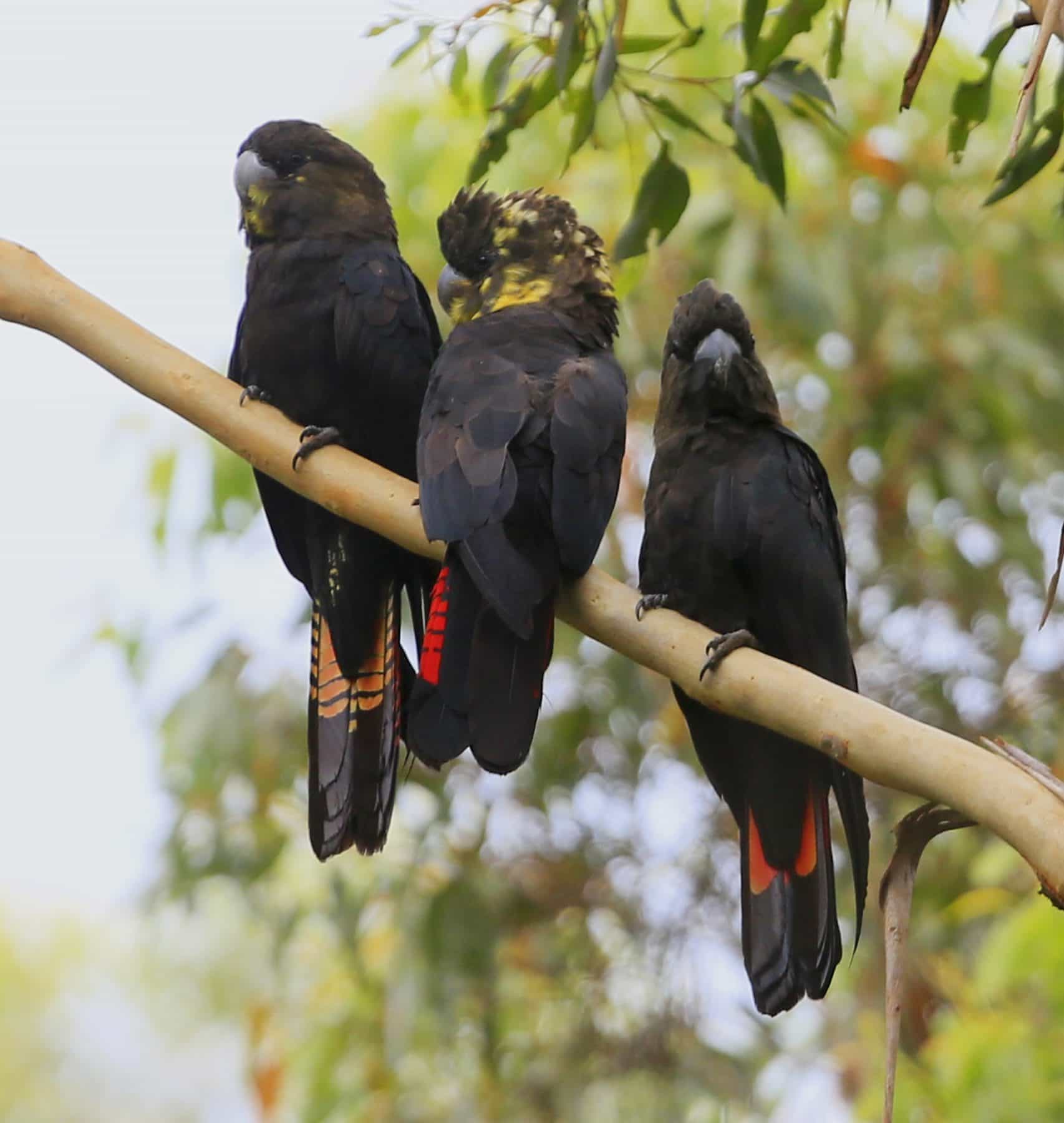
Our Kangaroo Island Wildlife and Conservation Tour takes you behind the scenes to experience the best of the island. Hosted by local experts, it combines wildlife, landscape, local produce and active conservation, including bird banding.
Whether it’s meeting the world expert on the short-beaked echidna, Dr Peggy Rismiller, sampling delicious regional food and wine, or learning about the critical work of ecologists after the fires, this immersive trip will deliver a greater understanding of one of Australia’s supremely special places.
According to Peggy, her recent research has focused on whether there are alpha females among echidna populations on Kangaroo Island. “A female generally only produces one young every 3–5 years so of course recruitment is very slow. Some females are reproducing more often than others, Perhaps they’re sending out a smell or sound signal that says ‘stay away’.” hopes to develop a better understanding of echidnas’ quirky behaviour.
“I’d also like to look into communication. Echidnas don’t vocalise or at least they don’t vocalise within our audible range, and there is some slight evidence that they might be communicating in a low-frequency range.”
Of course, if it’s birds you really want to see, then the Kangaroo Island Birding Tour is a must. With more than 260 bird species, almost one-third of Australia’s bird count, KI is a birdwatcher’s paradise.
Because more than 90 per cent of the island is mallee and woodland, with beautiful eucalyptus groves, shrublands, fernlands and forests, there’s habitat aplenty for our feathered friends, including the southern emu-wren and Bassian thrush. Plus, the island is blessed with amazing protected coves and beaches through to rugged cliffs, providing abundant opportunities to spot seabirds, waterbirds and waders.
According to Craig Wickham from Exceptional Kangaroo Island the bird-watching opportunities on this tour are endless.
“With our intimate knowledge of the landscape, wildlife habitats and behaviour of animals in different conditions, we can assure you of seeing a vast array of birds and other native wildlife,” Craig says.
“We encourage people to stop, to listen to the sounds of the bush – the kookaburras singing in the morning, the chatter of little corellas and squawks of galahs – to really be in this space. That’s when they discover the true beauty and countless gifts of KI.”
This three-day birdwatching and wildlife tour is presented with an indicative itinerary. Opportunities vary throughout the year and each season is slightly different in terms of natural cycles. The experience delivered is customised according to the season and fine-tuned to meet the interests of guests once they arrive on the Island.
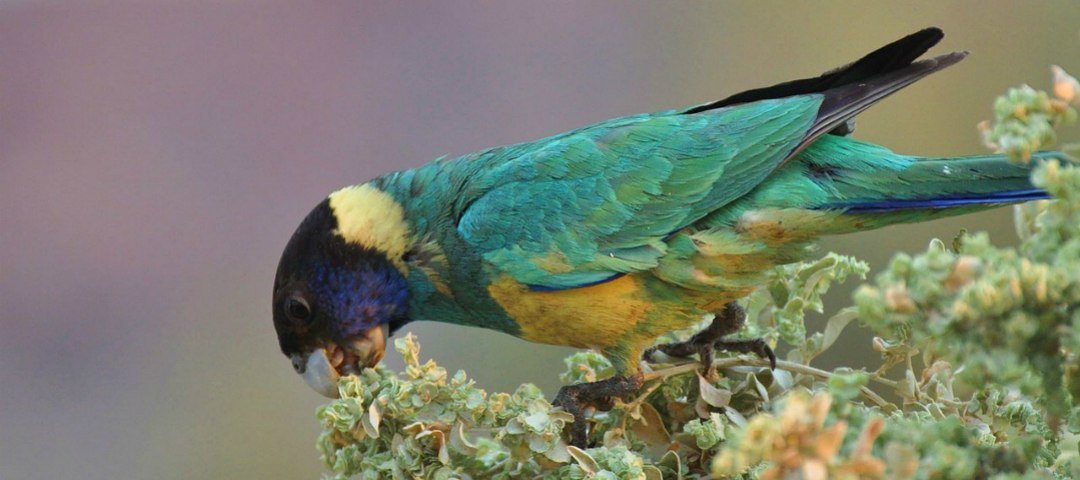
Eyre Peninsula
Home to 270 species of birds and 1900 native plant species, the southern Eyre Peninsula in South Australia is astounding.
Just ask David ‘Lunch’ Doudle from Australian Coastal Safaris.
The Eyre Peninsula is untouched and unspoilt,” he says. “From our Australian sea lions that swim right up to you – looking at their reflection in your goggles – to southern right whales that travel more than 3000km from Antarctic waters to visit us here, and our great whites, which you can cage dive with [the only place in Australia where you can], we’ve got so many wild experiences.
“And then there’s our citizen science programs, where we record and locate some of the Peninsula’s renowned species, like our koalas, echidnas, mallee fowl and yellow-tailed black-cockatoos. And let’s not forget some of our other iconic birds, including the osprey, Australian bustards and the bush-stone curlew.”
You can join Lunch to discover some of these feathered friends on the 3-day Southern Eyre Peninsula Birdwatching Tour, which traverses coastal dune shrublands, mallee woodlands, sandflats, saltmarsh, subcoastal and clifftops for opportunities to observe waders and seabirds including little pied and black cormorants, grey and chestnut teal ducks, pink-eared ducks, musk ducks, osprey, sooty and pied oystercatchers, black-winged stilts, Caspian terns and common greenshanks.
At Mikkara Station, koalas are plentiful, complemented by numerous bush birds including Port Lincoln parrots, golden whistlers, blue-breasted fairy-wrens, western yellow robins, white-browed babblers, honeyeaters and emus.
And take a coastal walk set against spectacular backdrops to spot rock parrots, nesting osprey and white-bellied sea-eagles and raptors including kites and harriers.
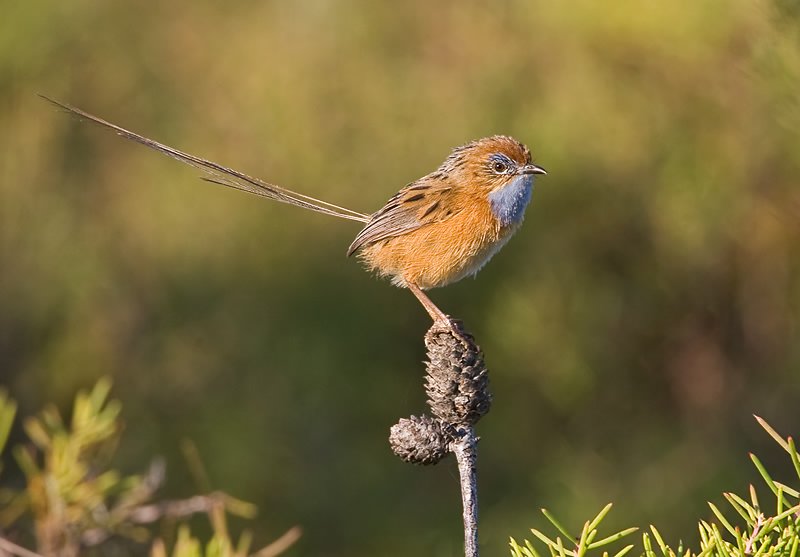
Finally, at Coffin Bay, you can search for the endangered southern emu-wren.
If you’d like to linger a little longer in this spectacular part of the country, then join our 9-day Ocean to the Outback Tour.
From spectacular coastal landscapes to the wildly beautiful outback, and the wildlife that call them home, you’ll revel in the diversity of this tour.
Unsurpassed in its beauty, this region also teems with another truly special quality – genuine hospitality from its colourful characters. You’ll meet a host of locals during your visit to Port Lincoln, the seafood capital of Australia, and the stunning, ancient and geologically fuelled Gawler Ranges.
Each day you’ll enjoy memorable and unique wildlife, geological, culinary, photographic and educational experiences, including a 4WD safari through massive sand dunes, swimming with Australian sea lions and dolphins at the same time (the only place in Australia where you can do this), visiting arguably Australia’s best native koala experience, seeing landscapes that only a few ever see from the raw, rugged and natural coastline to the extraordinary colours of the red sands, blue skies and glistening white salt lakes of the Gawler Ranges.
According to Lunch, another highlight of these trips are your interactions with the locals. “I’m sure as eggs that people don’t know what they’re coming for when they arrive on the Peninsula,” he says. “We call into the properties of people who know this part of Australia like the back of their hand – they might be shearing sheep or shucking oysters – so our guests get a true sense of our world. What’s better than that?!”
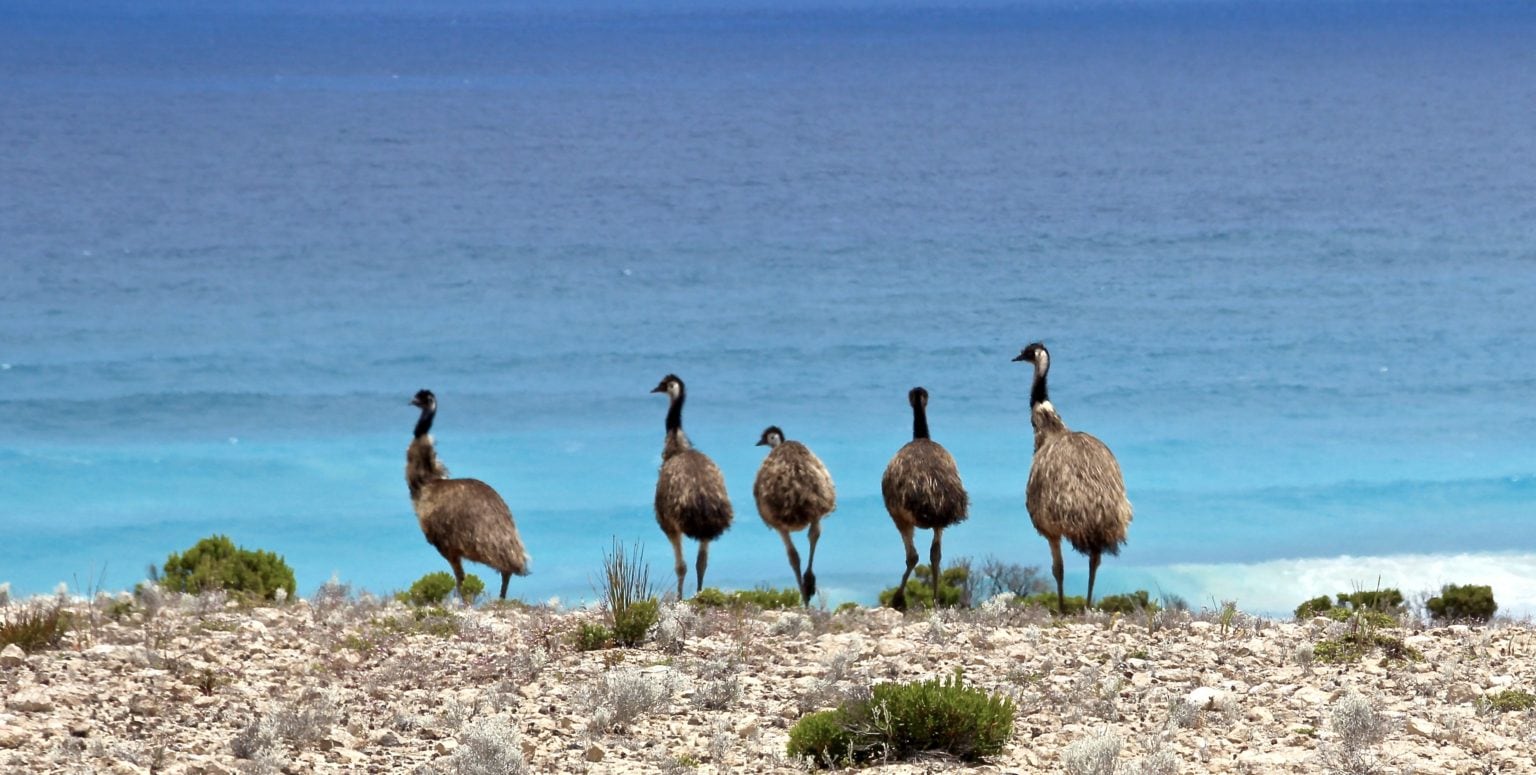
These tours are represented by Australian Wildlife Journeys, a group of family-owned wildlife tour operators that promise a high level of interpretation in small groups, warm hospitality and a commitment to create a better future for Australia’s remarkable fauna in partnership with like-minded travellers from around the globe.




